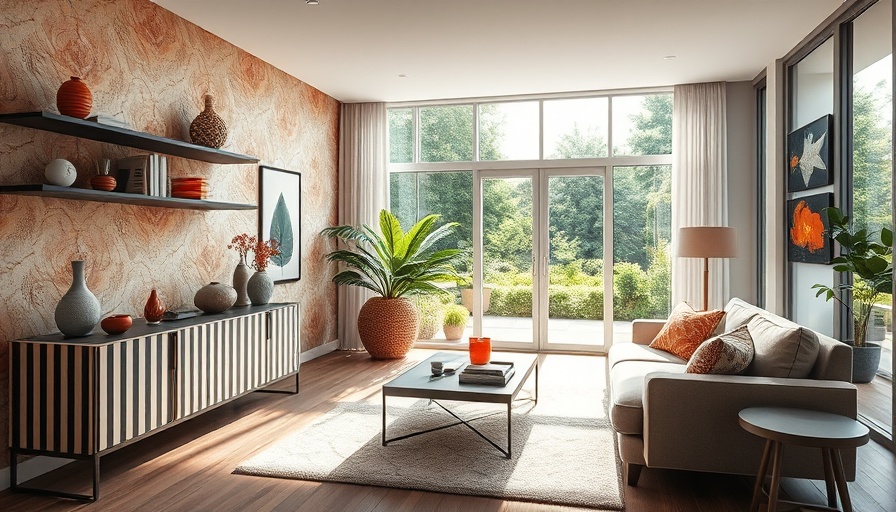
Exploring the Pros and Cons of Peel-and-Stick Wallpaper
For many of us looking to refresh our home interiors without the hassle of traditional wallpaper, peel-and-stick wallpaper might seem like a dream come true. But are these convenient alternatives truly living up to their reputation? Interior designers weighed in on the benefits and drawbacks of using peel-and-stick wallpaper compared to traditional paste methods.
Peel-and-Stick: Easy Application or Temporary Trend?
One of the most significant advantages that designers point out about peel-and-stick wallpaper is its ease of application. This option is especially popular among renters or those looking to make temporary changes, thanks to its non-permanent nature. The peel-and-stick format eliminates the mess of glue application, making it an attractive choice for DIY enthusiasts.
However, several professionals caution that this convenience might come with limitations. In terms of longevity and durability, paste-applied wallpaper still holds an edge. Peel-and-stick options may not adhere well in areas with high moisture, such as bathrooms or kitchens, where humidity can adversely affect their sticking power.
Finding the Right Fit for Your Space
When deciding between peel-and-stick and traditional paste wallpaper, the best choice might depend on your specific needs and the room environment. For spaces where permanent design changes are not feasible, the temporary nature of peel-and-stick could be perfect. In contrast, paste wallpaper is often better suited for long-term design projects where durability is key.
The final decision rests on what you prioritize—ease and flexibility, or long-lasting quality and sturdiness. Balancing these factors can help guide your choice in transforming your home's interior effectively.
 Add Row
Add Row  Add
Add 




Write A Comment